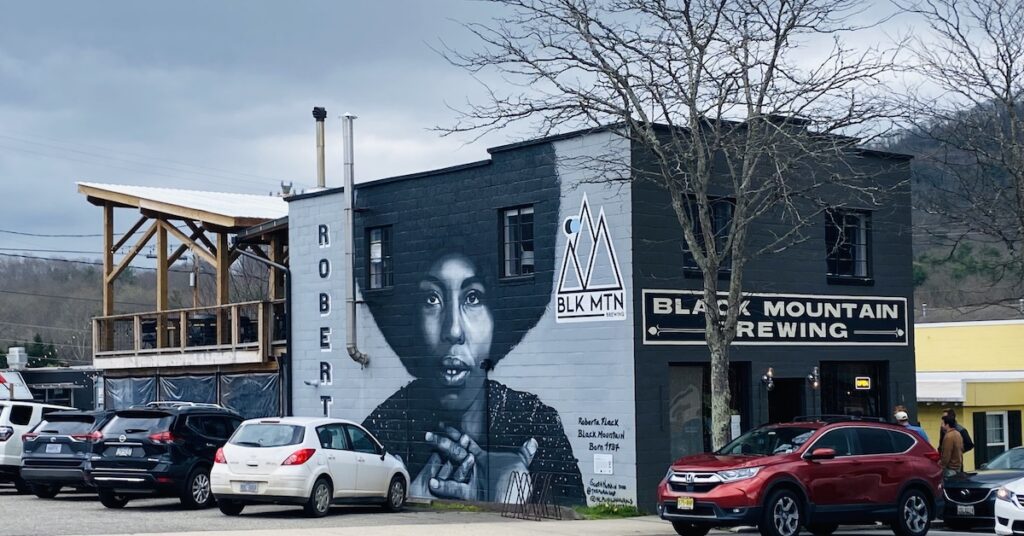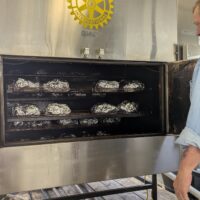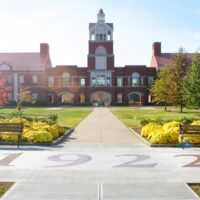For a couple of weeks I’ve been checking in with several friends who live in some of the communities ravaged by flooding following Hurricane Helene.
Initially it was hard to reach people I know who reside in and around Asheville, North Carolina. Cell service and internet connections were not reliable for days — and when they could respond to my text messages, I was one among dozens of people waiting to hear from them. Many in the region still don’t have water or electricity. It will take months to rebuild roads and bridges.
You cannot hear about these hardships and not wonder. What if that had been me? What if a natural disaster crippled Hopkinsville and we were cut off from the infrastructure and technology we take for granted to keep us connected to the world? How would we respond? Who would come to help?

A news story I saw highlighted in The Rural Blog reported on the ways small mountain communities have dealt with their inability to communicate through technology.
“Spotty phone service was just one of the many problems facing western North Carolina and the surrounding region, where floods and landslides turned some communities into rubble,” wrote Jacey Fortin of The New York Times. “Being cut off from the modern world left many residents feeling frustrated and alone. So they turned to methods that have been out of date for a century or more.”
In turns out the best solution was the least modern option — town meetings held in-person. Volunteers made signs announcing the daily meetings in Black Mountain, North Carolina, a town of 8,500 people. Fortin reported that 1,000 people were turning out for the daily updates at the Town Square. I walked in that same area of Black Mountain during a vacation last spring.
Obviously we hope Hopkinsville never experiences a natural disaster — a flood, tornado or earthquake — of the magnitude that hit North Carolina. But watching others cope and rebuild does make me wonder about things like town meetings and the significance of being able to meet up in person.
Even in normal times, I think we could all benefit from more time together in so-called third places, which are meaningful gathering places away from home and work.
Saturday evening I was fortunate to spend a couple of hours with friends of the late Mac Arthur, the downtown businessman who helped spark the revitalization of Sixth Street. Mac’s wife, Catherine, invited us out to their home to celebrate his life and to have a meal together.
As you might recall, Mac and Catherine ran Young Hardware. It was a place that thrived for decades on in-person contact, which impresses me as a healthy, traditional way of maintaining community.
Here’s hoping we learn from what’s happening in areas like western North Carolina and that we don’t forget to keep our community grounded in real places.
Jennifer P. Brown is co-founder, publisher and editor of Hoptown Chronicle. You can reach her at editor@hoptownchronicle.org. Brown was a reporter and editor at the Kentucky New Era, where she worked for 30 years. She is a co-chair of the national advisory board to the Institute for Rural Journalism and Community Issues, governing board past president for the Kentucky Historical Society, and co-founder of the Kentucky Open Government Coalition. She serves on the Hopkinsville History Foundation's board.





